In search of A. O. Hobbs
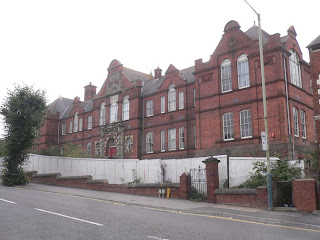
In the summer of 1910, A. O. Hobbs was an English boy of 16, fresh out of school. This was the moment when he was hired to accompany the Japanese Tachibana Zuicho on an expedition to Central Asia. They travelled through Russia to Xinjiang and after a short stay in Urumchi, began excavations at Turfan. After this, Tachibana decided to separate and asked Hobbs to travel with their luggage to Kucha and meet him there a couple of months later. During this time the Tachibana explored the Lob desert and crossed the Taklamakan. Unfortunately, by the time he got back to meet his companion in Kucha, the young Englishman had died of smallpox. His body was already on its way to Kashgar on the orders of the British Consul George Macartney. It was buried at the English cemetery outside the north gates of Kashgar.
This is how much we learn from Tachibana’s description of the events, as well as the consular diaries of Macartney. Recently, IDP’s Imre Galambos has managed to trace Hobbs’s home to the town of Swindon in Wiltshire. In continuation of this line of research, on 5th September Imre travelled to Swindon to see if he could find out more about Hobbs. At the modern and user-friendly Wiltshire & Swindon History Centre in Chippenham, he was fortunate to locate some additional information.
The young man’s full name was Alfred Orlando Hobbs, although he usually appears in school papers and elsewhere only as Orlando Hobbs. He spent three years at the Swindon and North Wilt Technical Institute on Victoria Road (see image above), and after graduation posted an ad in a newspaper, looking for a job. This is how he was hired to go on an expedition to Central Asia. His school registry has a note next to his name, saying that his occupation upon leaving the school was “explorer’s assistant” and, in the next column, that he “died of smallpox in Chinese Turkestan.”
The most interesting discovery was that the school’s magazine has published two relevant letters. The first one was addressed to Hobbs’s mother and was written by Theodora Macartney, the British Consul’s wife. In this, she informed Mrs Hobbs of her son’s death and described the funerary arrangements. The other was an earlier one, written by Hobbs himself from Turfan, describing in detail the excitements of travelling and working in such a distant land.
The letters and additional details of Hobbs’s life will be published in the one after next issue of IDP News.

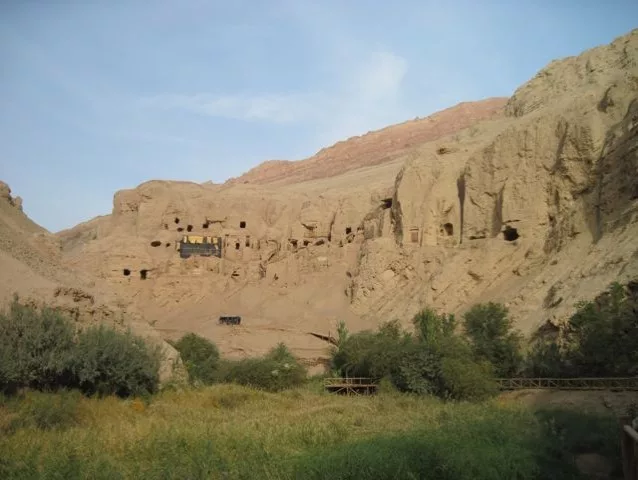
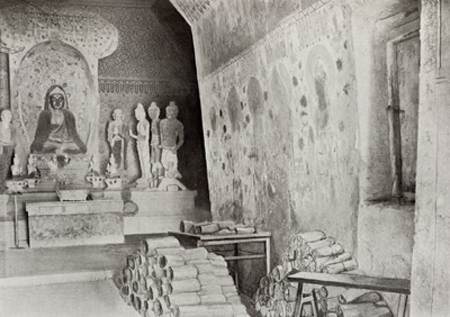
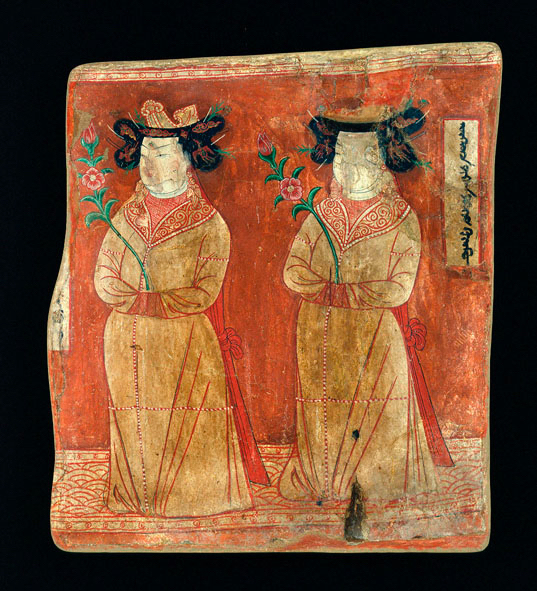
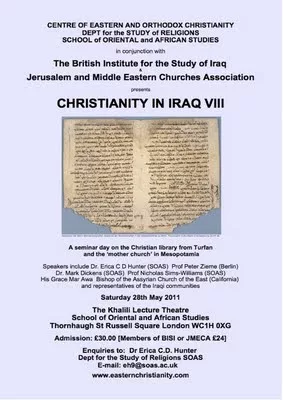

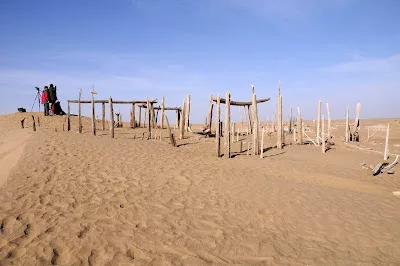
If you have feedback or ideas about this post, contact us, sign in or register an account to leave a comment below